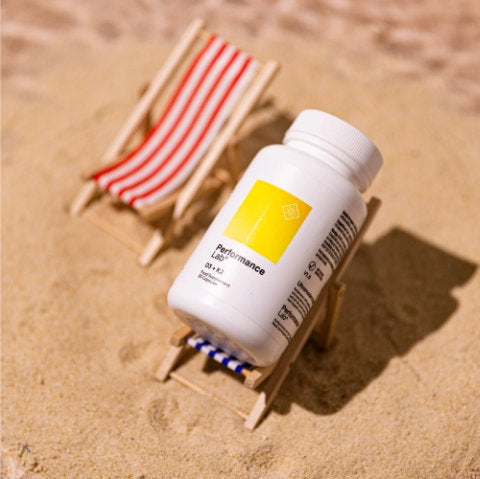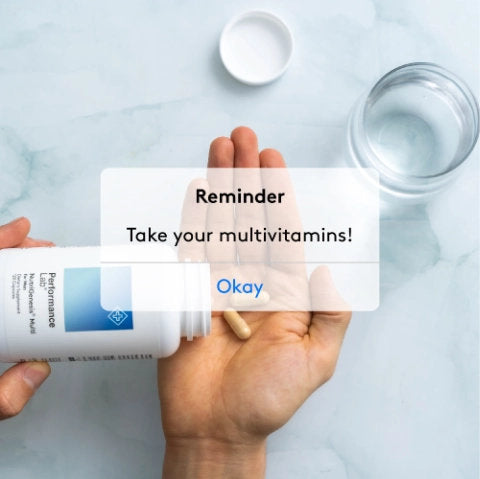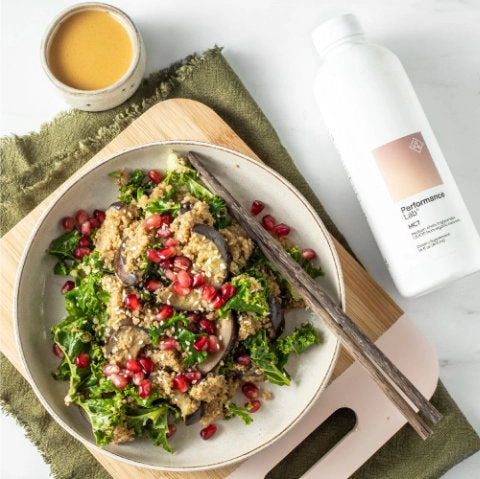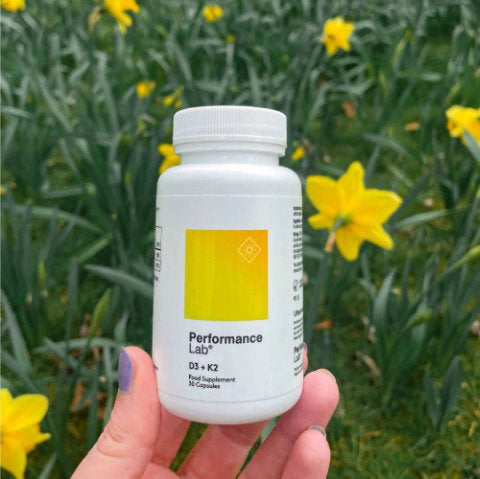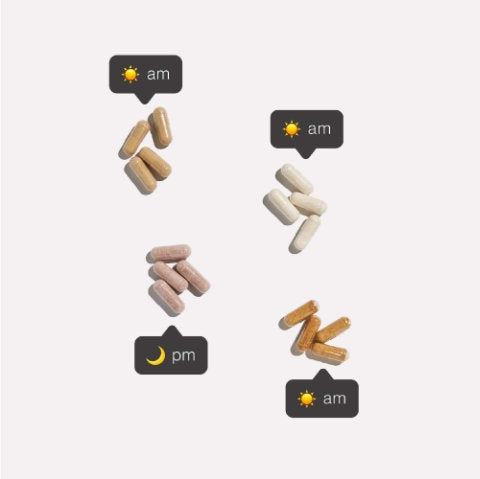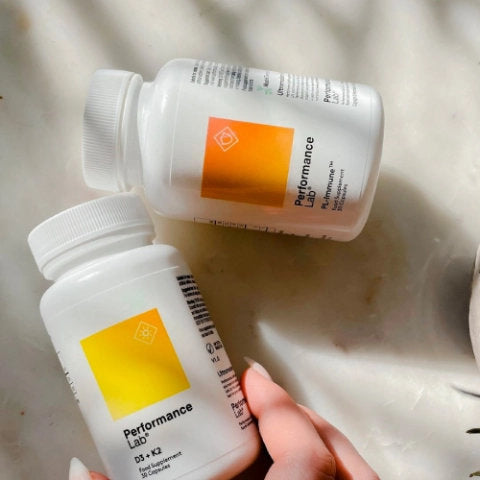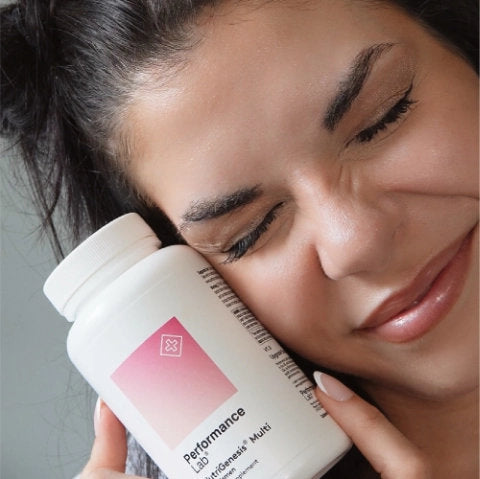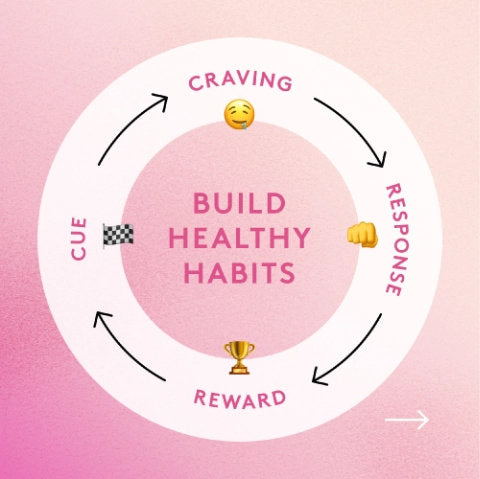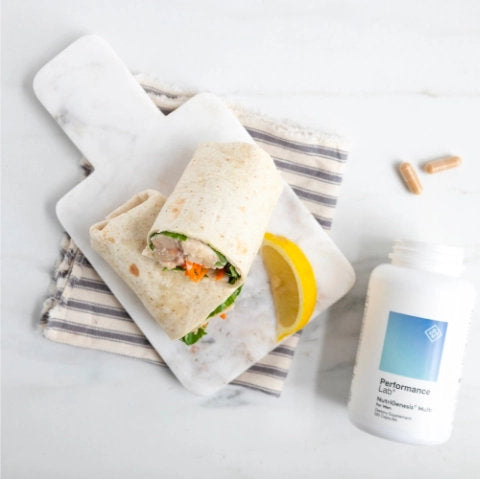You rarely hear about folic acid or folate unless it’s to do with women and pregnancy, but this is one vitamin that you shouldn’t be short on…
It’s found in many food sources, both vegan and non, but also widely available in all sorts of supplements.
So, if you aren’t keen on sole supplementation and want to bump up your dietary intake of folic acid, keep this article as your guide to the foods with the highest amounts of it.
What Is Folic Acid?
Folic acid is part of the B complex of vitamins, specifically B9, and is also known by the name folate.
Folate is the naturally occurring form of B9 found in food sources, whereas folic acid is the synthetic kind often found in supplements.
Folic acid lacks coenzyme activity and must be reduced to the metabolically active form, tetrahydrofolate, within the cell before being utilized 1, so folate is the more preferred form.
While these terms are often used interchangeably to describe vitamin B9, man-made folic acid differs structurally from folate, which means it has slightly different biological effects on the body. With that said, they do both contribute to dietary intake values.
Keep in mind that as part of the B vitamins, folate is water-soluble and isn’t stored in the body, so adequate amounts must be obtained through diet or supplementation daily to ensure levels are up to snuff.
The Importance Of Having Enough Folic Acid
Sufficient intake is vital for the health of all cells. It plays a major role as a coenzyme in cell division and homeostasis, as well as methionine regeneration and normal metabolism and regulation 2. Here’s what else it does:
- Amino acid conversion: Perhaps one of the most important roles of folate is in the conversion of homocysteine to methionine. High homocysteine can have a detrimental effect on the body, as it can induce programmed cell death in human vascular tissue cells by interfering with protein synthesis. Because of its structural similarity to methionine, homocysteine can enter protein synthesis pathways and cause abnormal proteins that are toxic to cells 3. High homocysteine can cause symptoms similar to anemia, including pale skin, weakness, fatigue, tingling, dizziness, mood imbalances, and mouth sores.
- Pregnancy: Because of its role in fetal growth and development, higher folate intake has been recommended for pregnant women or women of childbearing age to reduce the risk of neural tube defects (spina bifida, anencephaly) and other congenital anomalies (congenital heart defects, oral cleft lip and palette) 4.
- DNA synthesis: DNA and RNA are what keep your body functioning, and the processes involved in its synthesis are folate-dependent. Folate is a key source of a carbon group used in the methylation process, but it’s also required for modulating the structure of chromatin and molecular processes involved in RNA formation 5.
- Red blood cell production: The other critical role of folate is with respect to blood cell production. Erythroblasts, or immature blood cells, require two nutrients during their proliferation phase: folate and B12. Both vitamins are required to form heme, the iron-containing portion of hemoglobin in red blood cells, and a deficiency in either inhibits maturation of erythroblasts and can cause cell death. As a result, you’re at a higher risk for anemia due to insufficient synthesis of red blood cells 6. When that happens, you experience things like fatigue, low energy, pins and needles, muscle weakness, and cognitive impairment.
What Can Interfere With Folic Acid Levels?
While low levels of folic acid aren’t the most common nutrient deficiency out there, they can happen and usually exist with other nutrient deficiencies. They generally result from:
- Lack of dietary intake
- Pregnancy
- Genetic mutations (MTHFR)
- Malabsorption disorders
- Excessive alcohol intake
Some of the most common symptoms of folate deficiency include 7:
- Weakness and fatigue
- Difficulty concentrating
- Irritability
- Headache
- Heart palpitations
- Shortness of breath
15 Foods High In Folate
If you want to ensure you’re consuming adequate folate, add these foods into your diet daily!
- Lentils, 1 cup—358mcg
- Asparagus, 1 cup—268mcg
- Black beans, 1 cup—256mcg
- Beef liver, 3oz (85g)—215mcg
- Avocado, 1 cup—205mcg
- Spinach, cooked, 1 cup—263mcg
- Kale, cooked, 1 cup—77mcg
- Collards, cooked, 1 cup—30mcg
- Broccoli, cooked, 1 cup—168mcg
- Kidney beans, 1 cup—131mcg
- Brussels sprouts, cooked, 1 cup—94mcg
- Peanuts, ¼ cup—87mcg
- Sunflower seeds, ¼ cup—80mcg
- Wild rice, cooked, 1 cup—43mcg
Final Thoughts
Folate is undeniably one of the most important nutrients you can get to maintain health, and while it’s widely available in a good multivitamin, adding folate-rich foods to your diet can be a great and easy way to increase levels of folate naturally, along with many other vitamins and minerals to support proper health and well-being.
References
- K Pietrzik, L Bailey, B Shane. Folic acid and L-5-methyltetrahydrofolate: comparison of clinical pharmacokinetics and pharmacodynamics.Clin Pharmacokinet. 2010;49(8):535-548.
- LB Bailey, JF Gregory 3rd. Folate metabolism and requirements.J Nutr. 1999;129(4):779-782.
- J Homocysteine: Friend or Foe? Integr Med (Encinitas). 2014;13(4):8-14.
- YM Chan, R Bailey, DL O’Connor. Adv Nutr. 2013;4(1):123-125.
- KS Crider, TP Yang, RJ Berry, LB Bailey. Folate and DNA methylation: a review of molecular mechanisms and the evidence for folate’s role.Adv Nutr. 2012;3(1):21-38.
- MJ Koury, P Ponka. New insights into erythropoiesis: the roles of folate, vitamin B12, and iron.Annu Rev Nutr. 2004;24:105-131.
- Institute of Medicine. Food and Nutrition Board. Dietary Reference Intakes: Thiamin, Riboflavin, Niacin, Vitamin B6, Folate, Vitamin B12, Pantothenic Acid, Biotin, and Choline. Washington, DC: National Academy Press; 1998.

